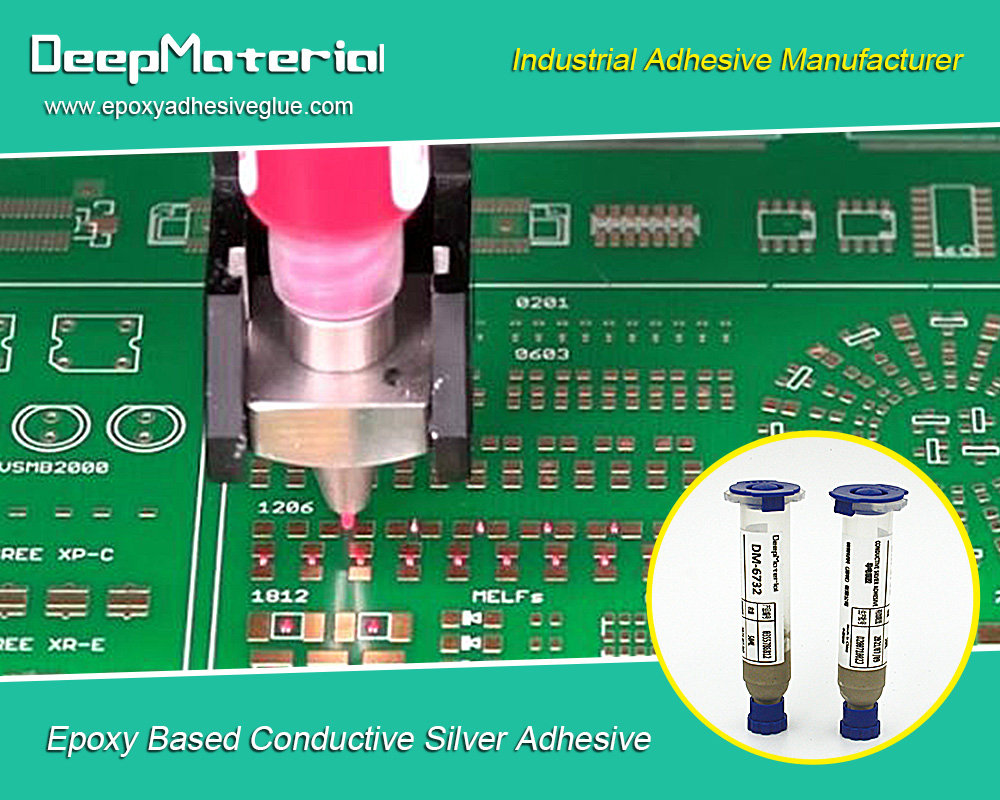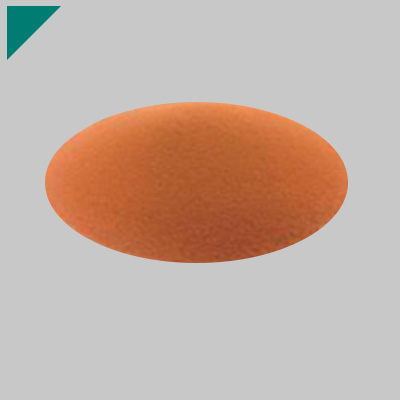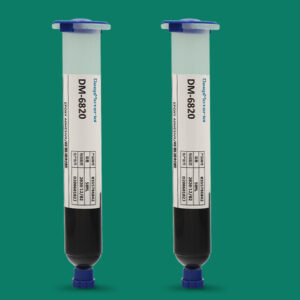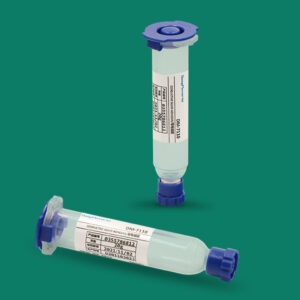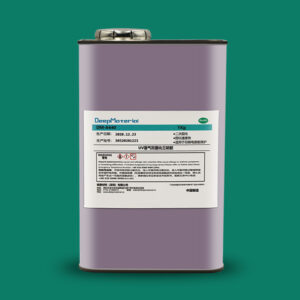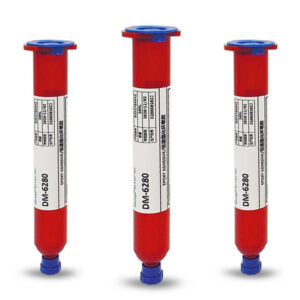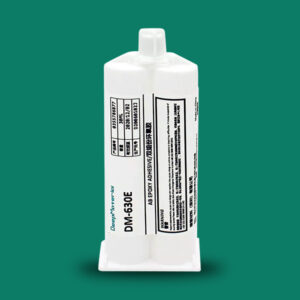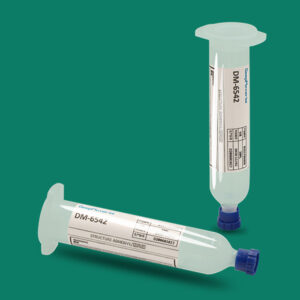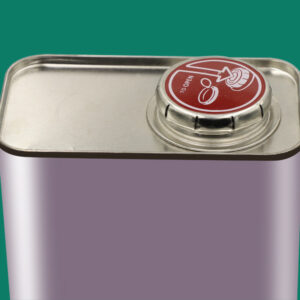How Does Electronic Potting Epoxy Adhesive Provide Electrical Insulation?
How Does Electronic Potting Epoxy Adhesive Provide Electrical Insulation?
Having your electronic systems insulated from moisture, environmental factors, and electrical damage is crucial to protecting them. That’s why specially designed electronic potting epoxy adhesive was created for the electronics industry – it acts as a protective force shield against these potentially dangerous elements that could lead to short circuits, leaks, and general system mayhem.
This article will examine how such an adhesive works and why electrical insulation is critical in preventing issues mainly related to electrically powered devices.
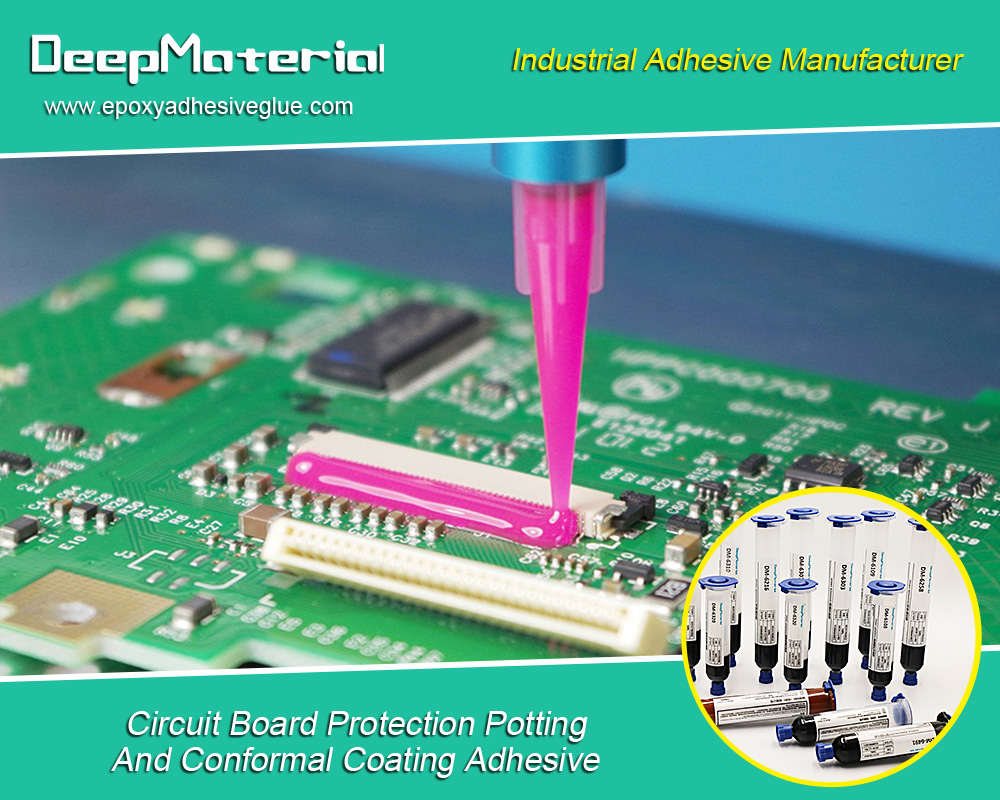 Understanding Electrical Insulation in Electronics
Understanding Electrical Insulation in Electronics
Electrical insulation is critical to ensuring the safe operation of our electronics – without it, we risk short circuits, electrical leakage and damage to sensitive components.
To keep current from flowing between conductive materials, several types of insulations are used in modern electronics – solid insulators like plastics, ceramics and resins; liquid ones such as silicones and oils.
Plus, gaseous-based technologies like air or sulfur hexafluoride for high voltage applications. So, effectively blocking electricity across surfaces symbolizes the importance of preventing frictional destruction down the road.
How Electronic Potting Epoxy Adhesive Works
Electronic potting epoxy adhesive is the perfect partner for keeping electronics safely insulated. It’s a liquid made from mixing epoxy resin and hardener – when they team up, an electric reaction creates a solid material with outstanding insulation properties.
The secret behind its strength lies hidden in its dazzling dielectric force – the stuff can resist voltage without cracking or letting power pass through it. That’s why this high-quality glue worthy of the title ‘ultimate insulator’ delivers top performance time after time.
The Role of Fillers in Electronic Potting Epoxy Adhesive
Filling up the gaps in electronic potting epoxy adhesive with fillers, such as silica, alumina, glass fibres and carbon fibres, is like adding a pinch of this and that for the desired result. Just enough to increase hearing its mechanical strength, thermal conductivity and flame retardancy.
Reducing shrinks and improving dimensions makes it all worthwhile! Without fillers, you’d miss out on essential specs; imagine your project going down the gutter because you cut corners.
Advantages of Using Electronic Potting Epoxy Adhesive for Electrical Insulation
There are several advantages to using electronic potting epoxy adhesive for electrical insulation in electronics:
High dielectric strength
The electronic potting epoxy adhesive boasts immense dielectric strength, ready for even the highest voltages without a flicker. Resistance to electricity is paramount; no current shall ever pass through it, thus preventing any risk of leakage or short-circuiting – a plus!
Excellent adhesion to various substrates
Also, its exquisite adhesion abilities with all kinds of substrates like metal, plastic, and ceramic guarantee a tight connection between components. Talk about reliability!
Chemical & thermal resistance
this glue gives off vibes when you think things couldn’t get better. Chemical resistance is like crazy, ensuring solvents, oil, and other harsh substances and enduring thermal strains undauntedly don’t mess with it.
Protection against moisture & environmental factors
And lastly (but not least), moisture protection from dirt, humidity, dust and what you have is something that can’t go unmentioned here – keeping those important components safe from demoralizing corrosion effectively.
Factors to Consider When Selecting Electronic Potting Epoxy Adhesive
When selecting electronic potting epoxy adhesive for electrical insulation applications, several factors need to be considered:
Application requirements
When getting your application ready, you’ll want to keep the specifics, such as temperature range, chemical exposure, and mechanical stress, in mind.
Substrate compatibility
There are variations of electronic potting epoxy adhesives available to accommodate different needs – make sure that whatever product you choose is compatible with what it’s being in contact with!
Curing time and temperature
Don’t get caught up in adverse curing times, as ensuring that any adhesive fits into the production process makes all the difference.
Cost considerations
finally – cost must factor in! It’s Worth splurging on quality if its price tag won’t break bank stability.
Curing Process of Electronic Potting Epoxy Adhesive
Proper curing is paramount when using electronic potting epoxy adhesives; the time and heat should be right!
When you’re picking a formulation, the type and quantity of hardener you’re using can affect how long it’ll take, the thickness of your adhesive layer, and any ambient conditions.
Ensure you do this the right way lest inferior dielectric strength or spotty adhesion come about – when in doubt, follow instructions! Being overly zealous won’t get you anywhere either: too much cooking could give you brittle results and a complete lack of flexibility.
Ensure your curing process hits all cylinders before wrapping up – achieving optimal performance depends on it.
Testing and Quality Control of Electronic Potting Epoxy Adhesive
Electronic potting epoxy adhesive has to meet specific quality standards regarding electric insulation. Dielectric strength testing, adhesion testing, thermal cycling testing and moisture resistance testing should be a no-brainer. However, slips can still happen if you don’t regularly monitor the incoming raw material for contamination or store the product appropriately.
You’ve also got to check up on where your adhesive is in production occasionally so you won’t get surprised later with something subpar. Ensuring consistently excellent performance greatly depends upon having proper precautionary procedures in place!
Common Challenges and Solutions When Using Electronic Potting Epoxy Adhesive for Electrical Insulation
Some tricky electrical insulation and epoxy adhesive challenges are air entrapment, uneven curing, and mismatches between adhesive and substrate.
Air entrapment
For smooth sailing, mindful molding is necessary; proper dispensing techniques and vacuum potting methods are essential for trapping air away from the adhesive.
Uneven curing
Also, consider any time and temperature swings that could lead to imperfect curing – according to the stamp of approval or instructions from manufacturers on use. Lastly, be sure those substrates are capable of playing nice!
Compatibility issues with substrates
Test the compatibility before committing full-scale production; double-check that everything will groove together without a hitch.
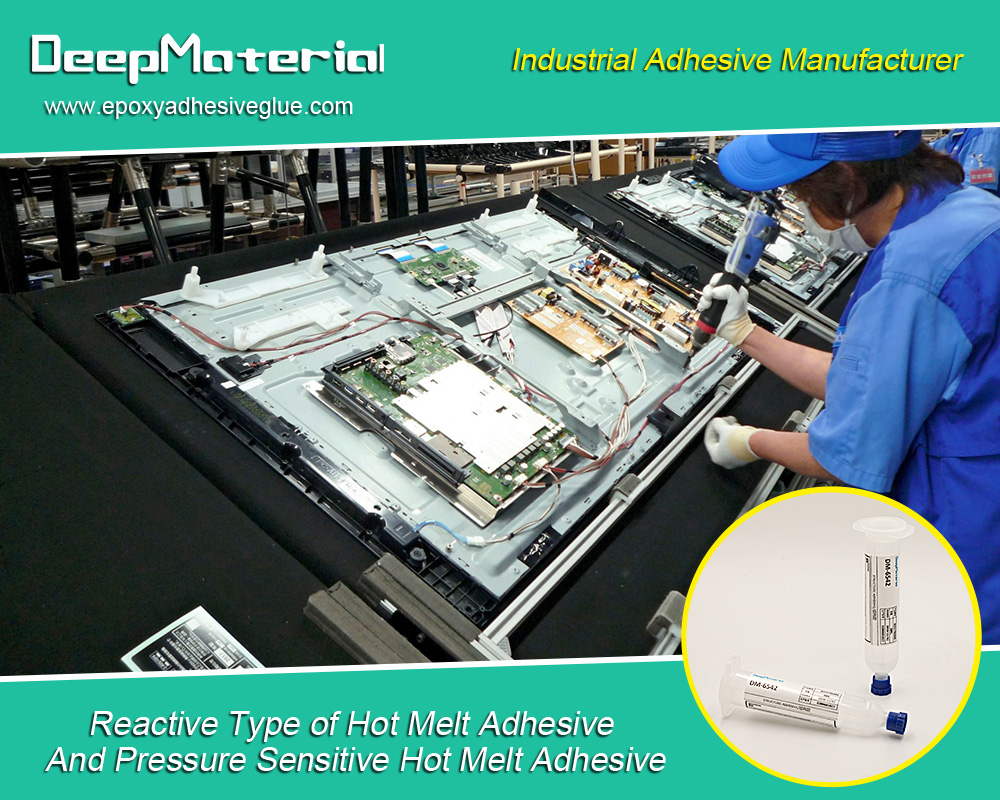
Final thoughts
Put, electronic potting epoxy adhesive is a must-have in electronics. It offers an insane dielectric strength, firmly adheres all sorts of surfaces together, plus features excellent chemical and thermal resistance with added protection from moisture and Mother Nature. But when choosing the best solution for your project needs – like application requirements, substrate compatibility, or even how long the program will take and at what temperature – you must weigh everything carefully.
For excellent results that stick around for good, we recommend sticking with proper curing measures while double-checking the quality control, or else we’ll pay for subpar performance eventually. With advances in filler techs combined with new eco-friendly solutions popping up left and right – another wave of innovation is coming down sooner than later.
For more about choosing the best electronic potting epoxy adhesive, you can pay a visit to DeepMaterial at https://www.epoxyadhesiveglue.com/category/epoxy-adhesives-glue/ for more info.


